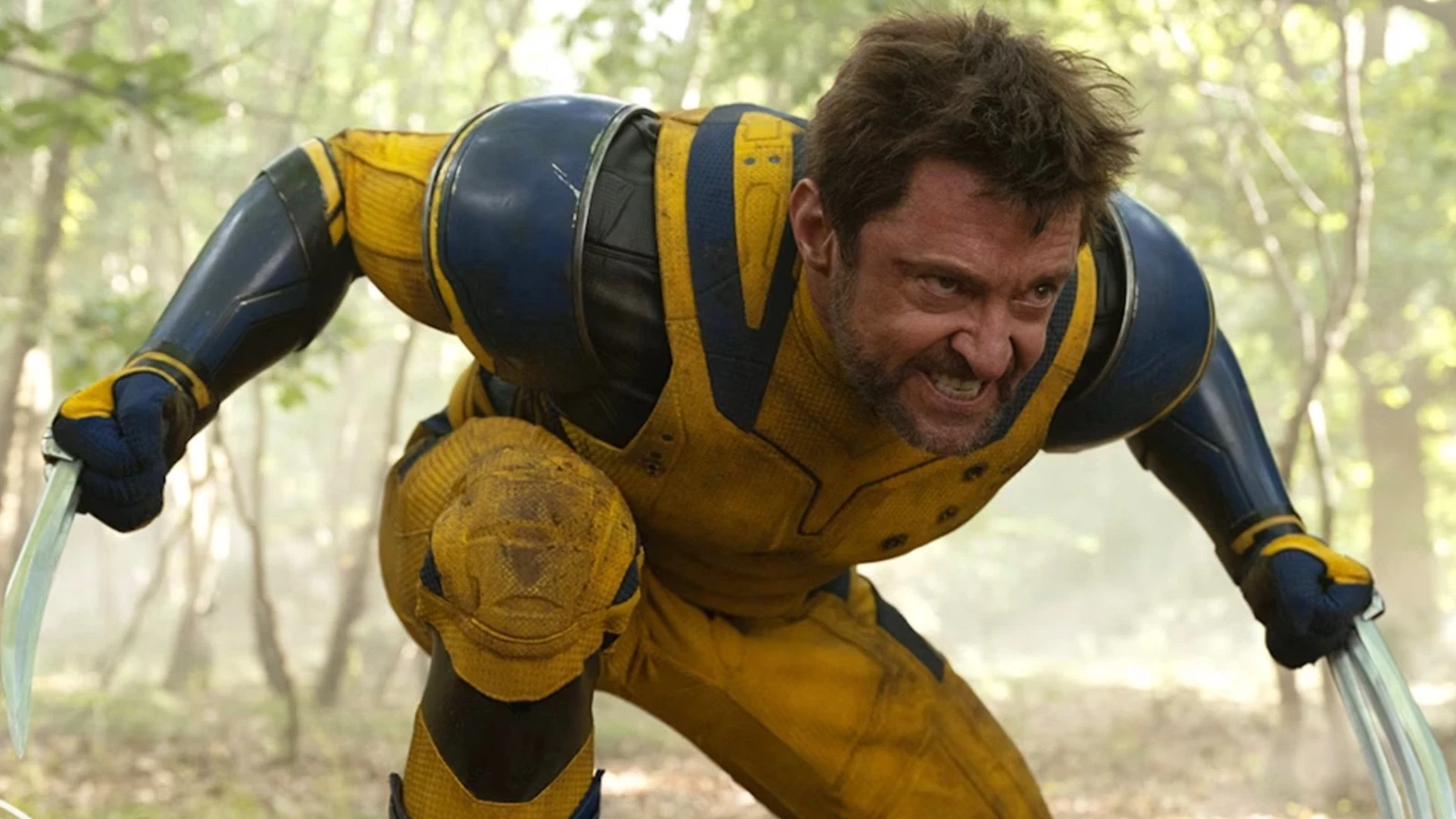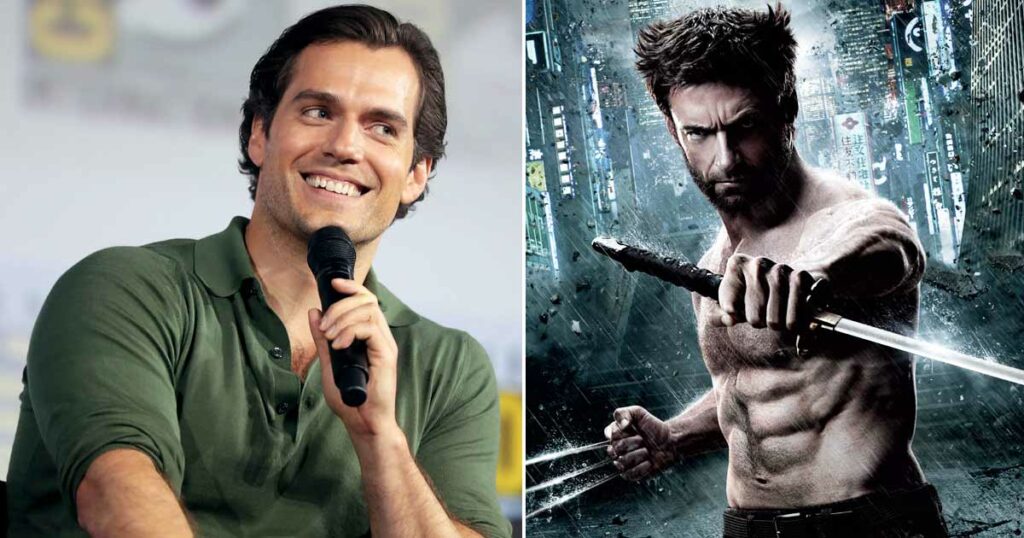Hugh Jackman’s portrayal of Wolverine in the X-Men series and Deadpool & Wolverine has sparked numerous conversations. Whether it’s the superhero fatigue narrative or the convoluted timelines, fans have had plenty to discuss. However, one topic that has transcended beyond the plotlines is Jackman’s physique—especially the scene where Wolverine loses his shirt. While many fans admired his chiseled body, this admiration has also raised concerns about the unrealistic body standards that Hollywood often promotes.

The Pressure of Achieving the ‘Wolverine Physique’
When Hugh Jackman appeared shirtless as Wolverine, it wasn’t just a fleeting moment of fan service. The internet buzzed with excitement, admiration, and a bit of envy. Many fans expressed their desire to attain a similar body, and fitness platforms jumped on the bandwagon, offering specific workouts to help people achieve a “Wolverine-like” physique. On the surface, this might seem harmless, but the reality is far more complicated.
Ben Carpenter, a fitness influencer, recently brought attention to this issue in an Instagram video. He critically examined the impact that such body standards can have on the general public. Carpenter pointed out that if achieving a superhero physique were as simple as following a workout routine and adjusting one’s diet, everyone would look like Hugh Jackman or Henry Cavill.
However, this is far from the truth. In interviews, both Jackman and Cavill have detailed the extreme measures they have to take to prepare for these roles. From grueling workout routines to highly restrictive diets and severe dehydration before shooting certain scenes, these actors undergo an unhealthy transformation that is often unsustainable and harmful. Yet, these physiques are held up as ideals for men to aspire to, much like the often-criticized beauty standards perpetuated by Victoria’s Secret models.
The Double Standard in Hollywood
For years, society has been vocal about the unrealistic beauty standards imposed on women, particularly those in the modeling industry. The damaging effects these standards have on mental health and self-esteem are well-documented, leading to movements advocating for body positivity and inclusivity. Models and actresses have often been called out for promoting unattainable body images, and the industry has faced significant backlash.
However, the conversation has been relatively quiet when it comes to the unrealistic body expectations placed on men. Hollywood’s portrayal of male superheroes and action stars has created an unspoken pressure for men to achieve similarly ripped physiques. These images are often glorified, with little consideration for the extreme lengths actors go to achieve them—measures that can include dehydration, unhealthy dieting, and intense physical training that isn’t sustainable in the long term.
Hugh Jackman’s appearance in Deadpool & Wolverine is just the latest example. While fans may have praised his dedication and physique, the broader implications of such portrayals cannot be ignored. When audiences see a body like Jackman’s being celebrated, it can lead to unhealthy comparisons and unrealistic expectations for the average person.
The Broader Impact of Unrealistic Standards
The issues raised by Ben Carpenter are not just about one scene or one actor. They highlight a much larger problem in the entertainment industry—one that has serious consequences for the audience. Just as Victoria’s Secret models have been criticized for promoting unattainable beauty standards, male actors like Jackman and Cavill are inadvertently doing the same by showcasing physiques that are often the result of extreme and unhealthy practices.
Carpenter’s critique serves as a reminder that the images we see on screen are not always reflective of reality. These actors undergo transformations that are not only difficult to achieve but are also potentially harmful. The same admiration that fuels the desire to look like a superhero can also lead to feelings of inadequacy and a distorted self-image, especially among younger viewers who may not fully understand the lengths to which these actors go to achieve their looks.
The Need for a Balanced Perspective
While it’s easy to get swept up in the excitement of seeing a beloved character like Wolverine in peak physical form, it’s important to maintain a balanced perspective. Appreciating an actor’s performance and dedication to a role is one thing, but idolizing their appearance can be damaging. It’s crucial to recognize that the bodies we see on screen are often the result of extreme effort, temporary changes, and even visual effects.
As the conversation around body standards continues to evolve, it’s essential to hold the entertainment industry accountable for the images it promotes. Just as we’ve made strides in challenging the unrealistic beauty standards for women, we must also address the unrealistic physique standards for men. Only by fostering a more realistic and inclusive portrayal of all body types can we begin to undo the harm that these standards have caused.
Hugh Jackman, Henry Cavill, and other actors who undergo extreme transformations for their roles should be acknowledged not only for their dedication but also for the potential impact their appearances have on audiences. By opening up the conversation and challenging these unrealistic standards, we can create a more balanced and healthy environment for everyone—both on-screen and off.

